|
Your search criteria found 448 images Spacecraft |
| My List |
Addition Date
|
Target | Mission | Instrument | Size |

|
1998-11-17 | S Rings |
Voyager |
VG ISS - Narrow Angle |
555x320x1 |
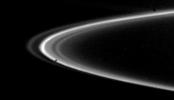
|
|||||

|
1998-11-17 | S Rings |
Voyager |
VG ISS - Narrow Angle |
541x400x1 |

|
|||||

|
1998-11-17 | S Rings |
Voyager |
VG ISS - Narrow Angle |
936x724x1 |
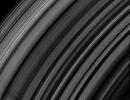
|
|||||

|
1998-11-17 | Saturn |
Voyager |
VG ISS - Wide Angle |
404x665x3 |

|
|||||

|
1998-11-13 | U Rings |
Voyager |
VG ISS - Narrow Angle |
800x800x1 |
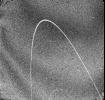
|
|||||

|
1998-11-13 | Miranda |
Voyager |
VG ISS - Narrow Angle |
800x800x1 |
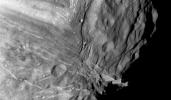
|
|||||

|
1998-11-13 | Saturn |
Voyager |
VG ISS - Narrow Angle |
900x900x1 |
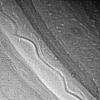
|
|||||

|
1998-11-13 | Saturn |
Voyager |
VG ISS - Narrow Angle |
850x1054x1 |

|
|||||

|
1998-11-13 | Saturn |
Voyager |
VG ISS - Narrow Angle |
900x899x1 |
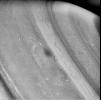
|
|||||

|
1998-11-13 | Dione |
Voyager |
VG ISS - Narrow Angle |
600x450x1 |
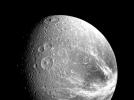
|
|||||

|
1998-11-13 | Rhea |
Voyager |
VG ISS - Narrow Angle |
200x200x1 |
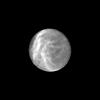
|
|||||

|
1998-11-13 | S Rings |
Voyager |
VG ISS - Narrow Angle |
500x500x1 |
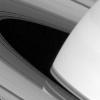
|
|||||

|
1998-11-11 | U Rings |
Voyager |
VG ISS - Narrow Angle |
400x200x1 |
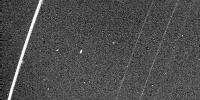
|
|||||

|
1998-11-08 | Dione |
Voyager |
VG ISS - Narrow Angle |
500x500x1 |
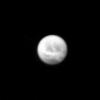
|
|||||

|
1998-11-04 | Jupiter |
Voyager |
VG ISS - Narrow Angle |
400x400x3 |
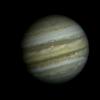
|
|||||

|
1998-11-02 | Uranus |
Voyager |
2118x2618x3 | |

|
|||||

|
1998-11-02 | Io |
Voyager |
1573x1738x3 | |

|
|||||

|
1998-10-30 | Neptune |
Voyager |
1469x1160x1 | |
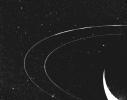
|
|||||

|
1998-10-30 | Neptune |
Voyager |
2188x2185x3 | |
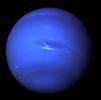
|
|||||

|
1998-10-30 | Neptune |
Voyager |
2073x2678x3 | |

|
|||||

|
1998-10-30 | Miranda |
Voyager |
1581x1600x1 | |

|
|||||

|
1998-10-30 | Uranus |
Voyager |
954x962x3 | |
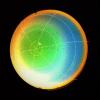
|
|||||

|
1998-10-30 | U Rings |
Voyager |
1760x2450x1 | |

|
|||||

|
1998-10-30 | S Rings |
Voyager |
VG Imaging Science Subsystem |
1098x857x3 |
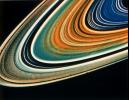
|
|||||

|
1998-10-30 | J Rings |
Voyager |
1715x1706x1 | |
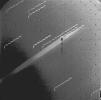
|
|||||

|
1998-10-30 | Saturn |
Voyager |
2674x2075x3 | |
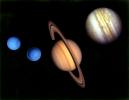
|
|||||

|
1998-10-30 | Saturn |
Voyager |
2351x2015x3 | |
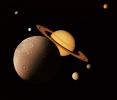
|
|||||

|
1998-10-30 | Jupiter |
Voyager |
2081x1654x3 | |
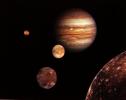
|
|||||

|
1998-10-30 | Earth |
Voyager |
VG Imaging Science Subsystem |
2012x2994x3 |

|
|||||

|
1998-10-13 | Oberon |
Voyager |
VG ISS - Narrow Angle |
1500x1500x1 |
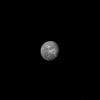
|
|||||

|
1998-09-21 | Jupiter |
Voyager |
ISS - Narrow Angle |
600x992x3 |

|
|||||

|
1998-08-28 | Saturn |
Voyager |
VG ISS - Narrow Angle |
1000x1000x3 |
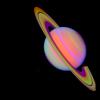
|
|||||

|
1998-06-08 | Triton |
Voyager |
VG ISS - Narrow Angle |
2593x2593x3 |
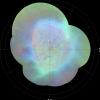
|
|||||

|
1998-06-08 | Io |
Voyager |
VG ISS - Narrow Angle |
1150x1430x3 |

|
|||||

|
1998-06-08 | Saturn |
Voyager |
860x1230x3 | |

|
|||||

|
1998-06-04 | Saturn |
Voyager |
860x1230x3 | |

|
|||||

|
1998-06-04 | Iapetus |
Voyager |
VG ISS - Narrow Angle |
325x350x3 |

|
|||||

|
1998-06-04 | Enceladus |
Voyager |
VG ISS - Narrow Angle |
1004x1004x3 |
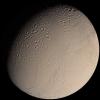
|
|||||

|
1998-06-04 | Uranus |
Voyager |
540x800x3 | |

|
|||||

|
1998-06-04 | Triton |
Voyager |
1300x1280x3 | |
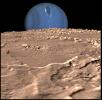
|
|||||

|
1998-06-04 | Jupiter |
Voyager |
840x840x3 | |
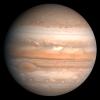
|
|||||

|
1998-06-04 | Triton |
Voyager |
3000x3000x3 | |
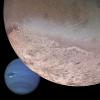
|
|||||

|
1998-06-04 | Ganymede |
Voyager |
VG ISS - Wide Angle |
1024x520x3 |
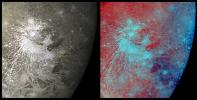
|
|||||

|
1998-06-04 | Triton |
Voyager |
1910x1268x3 | |
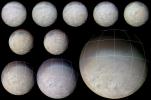
|
|||||

|
1998-06-04 | Io |
Voyager |
718x800x3 | |

|
|||||

|
1998-06-04 | Io |
Voyager |
Imaging Science Subsystem |
2175x2810x3 |

|
|||||

|
1998-06-04 | Europa |
Voyager |
VG Imaging Science Subsystem |
3138x3138x3 |
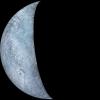
|
|||||

|
1998-06-04 | Io |
Voyager |
Imaging Science Subsystem |
1100x1292x3 |

|
|||||

|
1998-06-04 | Io |
Voyager |
2625x1840x3 | |
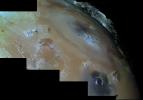
|
|||||

|
1998-06-04 | Io |
Voyager |
1240x1229x3 | |
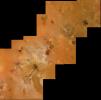
|
|||||

|
1998-06-04 | Io |
Voyager |
Imaging Science Subsystem |
1520x1400x3 |
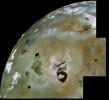
|
|||||

|
1998-06-04 | Io |
Voyager |
2468x1051x3 | |
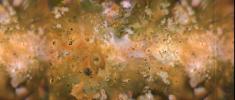
|
|||||

|
1998-06-04 | Io |
Voyager |
2572x1286x3 | |
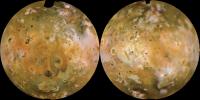
|
|||||

|
1998-06-04 | Triton |
Voyager |
4500x3500x3 | |
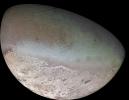
|
|||||

|
1998-01-08 | Neptune |
Voyager |
VG ISS - Narrow Angle |
1000x1000x3 |
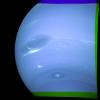
|
|||||

|
1998-01-08 | Neptune |
Voyager |
VG ISS - Narrow Angle |
945x870x3 |
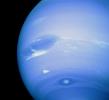
|
|||||

|
1997-09-25 | Titan |
Voyager |
VG ISS - Narrow Angle |
400x400x3 |
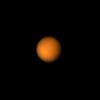
|
|||||

|
1997-05-24 | S Rings |
Voyager |
VG ISS - Wide Angle |
942x650x1 |
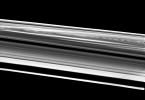
|
|||||

|
1997-01-09 | Jupiter |
Voyager |
VG ISS - Wide Angle |
800x800x1 |
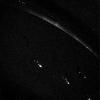
|
|||||

|
1997-01-09 | J Rings |
Voyager |
VG ISS - Narrow Angle |
439x545x1 |

|
|||||

|
1997-01-09 | J Rings |
Voyager |
VG ISS - Narrow Angle |
439x545x1 |

|
|||||

|
1997-01-09 | Callisto |
Voyager |
VG ISS - Narrow Angle |
740x750x1 |

|
|||||

|
1997-01-09 | Io |
Voyager |
VG ISS - Narrow Angle |
140x140x1 |
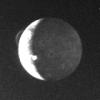
|
|||||

|
1997-01-09 | Ganymede |
Voyager |
VG ISS - Narrow Angle |
700x500x1 |
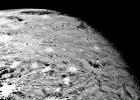
|
|||||

|
1997-01-09 | Io |
Voyager |
VG ISS - Narrow Angle |
680x500x1 |
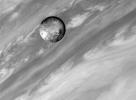
|
|||||

|
1996-11-26 | Uranus |
Voyager |
VG ISS - Narrow Angle |
700x700x3 |
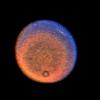
|
|||||

|
1996-11-26 | U Rings |
Voyager |
VG ISS - Narrow Angle |
996x1009x1 |

|
|||||

|
1996-11-16 | Io |
Voyager |
VG ISS - Narrow Angle |
325x400x1 |

|
|||||

|
1996-11-16 | Io |
Voyager |
VG ISS - Narrow Angle |
220x300x1 |

|
|||||

|
1996-11-16 | Io |
Voyager |
VG ISS - Narrow Angle |
800x795x1 |
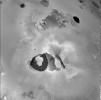
|
|||||

|
1996-11-13 | Jupiter |
Voyager |
VG ISS - Narrow Angle |
790x900x3 |

|
|||||

|
1996-11-13 | Jupiter |
Voyager |
VG ISS - Narrow Angle |
850x575x3 |
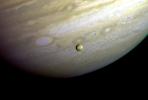
|
|||||

|
1996-10-23 | Uranus |
Voyager |
VG ISS - Narrow Angle |
506x958x1 |

|
|||||

|
1996-09-26 | Dione |
Voyager |
VG ISS - Narrow Angle |
1200x1180x1 |
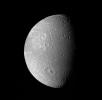
|
|||||

|
1996-09-26 | Triton |
Voyager |
VG ISS - Narrow Angle |
923x264x3 |

|
|||||

|
1996-09-26 | Triton |
Voyager |
VG ISS - Narrow Angle |
800x795x1 |
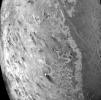
|
|||||

|
1996-09-26 | Triton |
Voyager |
VG ISS - Narrow Angle |
326x471x1 |

|
|||||

|
1996-09-26 | Europa |
Voyager |
VG ISS - Narrow Angle |
704x680x3 |
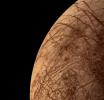
|
|||||

|
1996-09-26 | Jupiter |
Voyager |
VG ISS - Narrow Angle |
607x496x3 |
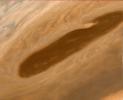
|
|||||

|
1996-09-26 | Callisto |
Voyager |
VG ISS - Narrow Angle |
800x800x3 |
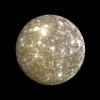
|
|||||

|
1996-09-26 | Jupiter |
Voyager |
VG ISS - Narrow Angle |
846x800x3 |
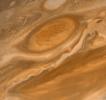
|
|||||

|
1996-09-26 | Jupiter |
Voyager |
VG ISS - Narrow Angle |
500x500x3 |
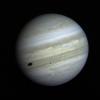
|
|||||

|
1996-09-26 | Jupiter |
Voyager |
Imaging Science Subsystem |
400x400x3 |
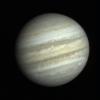
|
|||||

|
1996-09-26 | Jupiter |
Voyager |
VG ISS - Narrow Angle |
600x600x3 |
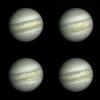
|
|||||

|
1996-09-26 | Jupiter |
Voyager |
1471x1238x3 | |
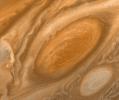
|
|||||

|
1996-09-13 | Earth |
Voyager |
VG ISS - Narrow Angle |
620x500x3 |
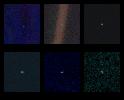
|
|||||

|
1996-09-13 | Sol (our sun) |
Voyager |
VG ISS - Wide Angle |
4000x1200x3 |

|
|||||

|
1996-09-13 | Sol (our sun) |
Voyager |
VG ISS - Wide Angle |
3430x2650x3 |
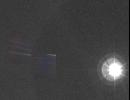
|
|||||

|
1996-09-12 | Earth |
Voyager |
VG ISS - Narrow Angle |
453x614x3 |

|
|||||

|
1996-08-29 | Earth |
Voyager |
565x790x3 | |

|
|||||

|
1996-08-12 | Callisto |
Voyager |
VG ISS - Narrow Angle |
2000x2000x3 |
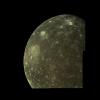
|
|||||

|
1996-08-09 | Europa |
Voyager |
400x400x3 | |
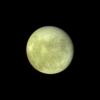
|
|||||

|
1996-08-09 | Europa |
Voyager |
Near Infrared Camera |
1500x2000x3 |

|
|||||

|
1996-08-01 | Miranda |
Voyager |
2500x2200x1 | |
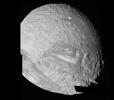
|
|||||

|
1996-08-01 | Uranus |
Voyager |
VG ISS - Narrow Angle |
2000x1000x3 |
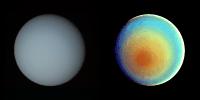
|
|||||

|
1996-08-01 | Jupiter |
Voyager |
2798x2030x3 | |
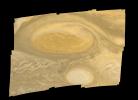
|
|||||

|
1996-07-17 | Ganymede |
Voyager |
VG ISS - Narrow Angle |
460x780x1 |

|
|||||

|
1996-07-17 | Ganymede |
Voyager |
VG ISS - Narrow Angle |
300x300x1 |
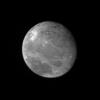
|
|||||

|
1996-07-17 | Ganymede |
Voyager |
VG ISS - Narrow Angle |
300x300x3 |
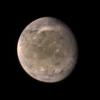
|
|||||

|
1996-06-03 | Io |
Voyager |
684x803x3 | |

|
|||||

|
 |
 |
 |
 |
 |

|
| 1-100 | 101-200 | 201-300 | 301-400 | 401-500 |
| Currently displaying images: 301 - 400 of 448 |